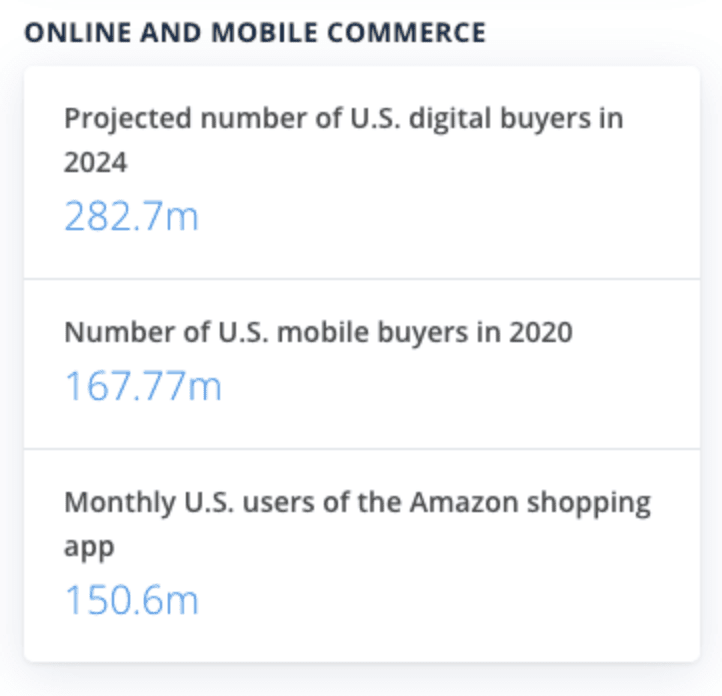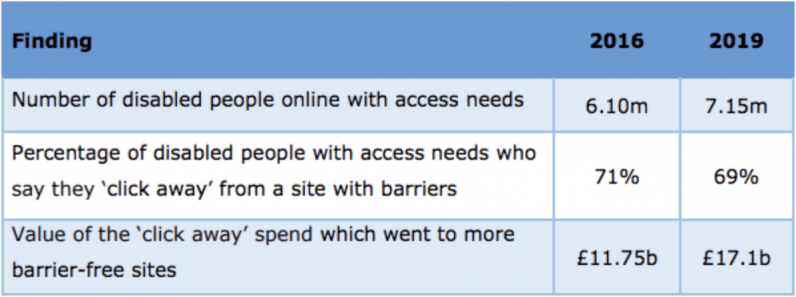
When you run a digital agency, your work doesn’t just influence your own results. It can have a direct impact on the success of your clients and as someone who runs a digital agency, this is a responsibility I take quite seriously.
Whether it’s web design or Google Ads, staying on top of the latest trends is essential for helping my clients achieve their goals.
But while marketing trends may come and go, certain things are poised to have a lasting impact on the way we do business online. One of the most important areas that is gaining increasing attention is ADA compliance for websites.
By addressing the requirements of individuals with special access needs, digital agencies can help their clients achieve greater growth. On the other hand, failing to implement these changes in a timely manner could create serious problems for you and your clients.
[Read: Here’s how to make your virtual meetings more efficient]
The relationship between ADA compliance and web accessibility
The Americans with Disabilities Act (ADA) was passed in 1990, with the specific goal of protecting individuals with disabilities from discrimination in public life. As a result of this law, businesses, schools, government buildings, and other facilities were required to make accommodations to ensure equal access for individuals with disabilities.
The outcomes of this act were wide-ranging, including stipulations such as closed captioning being made available on public service announcements and making alterations to buildings to eliminate architectural barriers that would keep someone from being able to get inside.
Though the act was initially designed to address physical locations, we have shifted to an increasingly digital way of life. Statista reports that over 300 million Americans use the internet, with only 10 percent of the population staying offline. We use the internet for shopping, news, entertainment and more.

However, individuals with disabilities frequently encounter barriers that limit their access to online resources. Those who are blind, deaf or have mobility limitations generally require assistive devices to use the internet. To alleviate this, the Web Content Accessibility Guidelines have been introduced to help website designers ensure that such needs are addressed, further linking the ADA to the internet.
The current state of the internet
While guidelines to address the needs of individuals with disabilities have been made available and widely publicized, many continue to encounter obstacles. In fact, an analysis of 10,000,000 web pages from accessiBe found that 98 percent of websites failed in at least one WCAG compliance guideline — even though the study admittedly did not count “minor” fails that only occurred once in a website’s evaluation.
Despite this, the majority of websites had compliance fails in multiple areas, including menus, popups, forms and buttons.
Regardless of the type of failure, the end outcome for the user is the same. Someone using a screen reader would be unable to navigate a website if a popup wasn’t labelled properly. Others depend on keyboard-only navigation, and can’t use a site if the menus don’t accommodate this feature.
When websites fail to comply with WCAG guidelines, they are essentially violating the non-discrimination ideals of the ADA. This can have serious repercussions for your clients, and for your digital agency.
Why digital agencies must lead out for an ADA-compliant future
Courts are increasingly viewing website accessibility as something that falls directly under the ADA. As just one recent example, Lexology reports that Massachusetts Institute of Technology and Harvard University are each facing million dollar settlements because of failures to provide closed captioning for online content.
Such lawsuits are certainly problematic for these major universities. For one of your clients, it could be completely devastating. The negative publicity, punitive damages and cost of reworking their website to account for accessibility would cause lasting damage. It might even put them out of business.
Even without a lawsuit, failing to account for web accessibility can result in lost revenue for your clients. The 2019 Click-Away Pound Report reveals that in the United Kingdom, retailers lose approximately £17.1 billion (roughly $21.3 billion) each year when disabled individuals abandon a site after encountering an accessibility barrier.

If your digital agency is in charge of a client’s website design, you are the one who is ultimately responsible for these losses. Failing your client in this way hurts the client and their customers. It will likely also come back to create problems for your agency. Web design agencies have been sued for breach of contract because of low-quality work — and a website that causes a client to get sued would certainly qualify.
In the long run, non-accessible web design that hurts your clients will harm your agency through negative reviews, potential lawsuits and lost clients. Taking the initiative in ensuring that you provide ADA-compliant results for your clients will help everyone accomplish their goals, and most importantly, ensure that a vulnerable group has equal access to online resources.
Web accessibility is a win-win
There’s no denying that helping your clients’ websites meet all WCAG web accessibility requirements will require a bit more work. But this is well worth the investment.
By ensuring ADA compliance, you ensure that individuals with disabilities have the equal access they deserve. You will help your clients avoid lawsuits and increase revenue.
When all these pieces fall into place, you will ultimately be able to establish your agency as a proactive, innovative leader — something that is sure to pay dividends for years to come.
Get the TNW newsletter
Get the most important tech news in your inbox each week.
